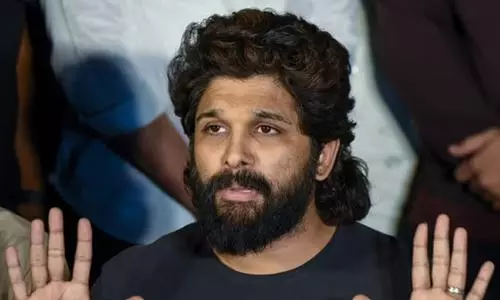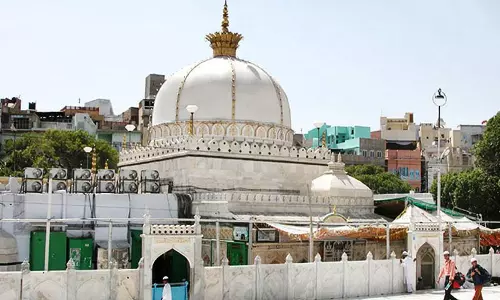
After a century of Vaikom Satyagraha
text_fieldsThe commemoration of the centenary of the renowned Vaikom Satyagraha in Kerala is set to get underway. This Satyagraha lasted 603 days, starting from March 30, 1924, and concluding on November 23, 1925. It was not merely an agitation for free movement but also a significant struggle for emancipation from the age-old practice of caste-based discrimination. Prior to this Satyagraha, there were struggles for free movement and social liberation in Travancore led by Ayyankali and Dalit leaders. However, the Vaikom Satyagraha became a turning point in history because it was able to unite all religious groups in protesting against caste discrimination in Kerala and brought the issue under the national spotlight. It also prompted Malayalee society, which was previously divided along caste lines, to think beyond caste and laid the foundation for modern Kerala. It forced the removal of placards, which were put on roads, schools, and temples that had previously prohibited the entry of lower-caste individuals, and upheld the concept of equality. The very concept of equality stood tall in the sky. In this sense, the Vaikom Satyagraha is one of the important milestones in the historical path that redefined Kerala.
What makes the Vaikom Satyagraha unique is that it imparted shining lessons of the liberation struggle against untouchability, and caste discrimination, and against making untouchability and caste discrimination as prescribed social and religious practices. During the Kakinada session of the Indian National Congress in December 1923, Chairman Maulana Muhammad Ali introduced the petition submitted by T.K. Madhavan as the primary theme of the conference. With support and guidance from Gandhiji, the Kerala Pradesh Congress took up the cause and formed an elaborate Anti-Discrimination Committee to lead the agitation. As Gandhiji wrote in Navajivan in 1925, "Even bullock carts can move, but not a single untouchable was allowed to pass through. It is to end this ignorance and injustice that the protest is being held in Vaikom.” In the protest to reclaim the social status and human rights of about 17 lakh people in Travancore who were socially suppressed because of their caste, Gandhiji, Maulana Muhammad Ali, Narayana guru, Periyar, T.K. Madhavan, Mannath Padmanabhan, George Joseph, Hasan Koya, Chathan Kunjappi, Amachadi Thevan, Sankupillai, and the martyr Chittedath Shankupillai joined hands. The Vaikom Satyagraha, which was remarkable in every sense due to the participation of people from all walks of life and diverse social status, including women and children, sets a great example for contemporary struggles against injustice and for the rights of marginalized communities.
It was after a meeting with Dr Palpu that Swami Vivekananda realized how deeply rooted the horror of caste discrimination was among Malayalees, and later described Kerala as a ‘lunatic asylum’. The Vaikom Satyagraha and the anti-caste struggles that occurred before and after the Satyagraha played a special role in the transition of Kerala from a ‘lunatic asylum to a progressive state in the country. The elite in society was afraid of these struggles, believing that they would destroy the traditions practised in the state. This fear was evident in the conversation that Gandhiji had with the Rani of the Travancore Regiment, who was believed to be sympathetic to the Satyagraha. It was not only the Namboothiris of Indamthurthimana who were strongly caste-conscious and had this caste consciousness, but also the Rani who had the same fear. The renaissance process in Kerala produced wider transformations than in other societies because it started from the bottom of society. As all sections of the population quickly adopted and popularized these changes, the elites, including the rulers, were forced to accept them. The Vaikom Satyagraha testifies that struggles against social injustices, denial of rights by the state, etc., can turn into long-term fruitful moral struggles only when they spring from the grassroots.
We now realize that even after a century of fighting against untouchability and casteism, how quickly neo-casteism is infiltrating our social fabric once again. Even though it is said that our society is casteless, the experience of being untouchable is still present in the background, and individuals belonging to lower castes do not have entry into most social spheres, including food, marriage, culture, and the corridors of power. Today we are able to move along all paths as one and can enter any temple. But without demolishing the invisible walls of casteism, the abhorrent phenomenon of untouchability cannot be obliterated. Regardless of that, there is no dispute that Vaikom Satyagraha stands like a beacon light giving inspiration for the modern struggles against caste discrimination.























